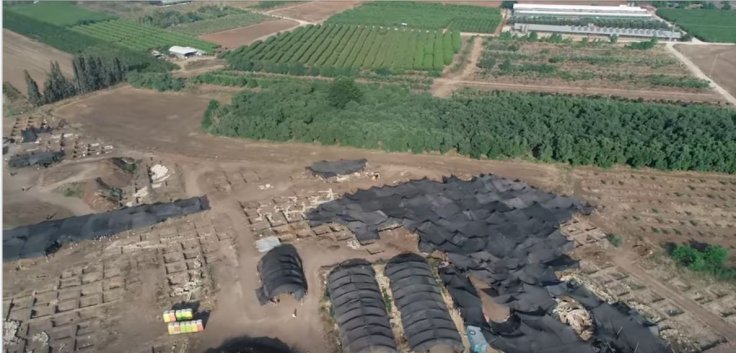
Archaeologists have announced on Sunday, October 6 that they have discovered a 5,000-year-old city in the north of Tel Aviv, Israel and compared this urban area with today's New York City. The experts believe this new finding could change the so-called belief about when sophisticated urbanization stated to flourish in this area.
It should be noted that the team of archaeologists in Israel said that this is the largest known urban area from Bronze Age uncovered in the region. They also mentioned that the sophistication of the establishment in this area points to purposeful urban planning.
In a Facebook post, Israel's Antiquities Authority said that the ancient city was found at the 'En Esur ('Ein Asawir) site during road works near Harish, a town almost 50 kilometres (30 miles) north of Tel Aviv. The authorities also added in the post that this is the New York City of the early Bronze Age.
After this discovery, archaeologists described the city as "cosmopolitan and planned," that covered 65 hectares and was possibly the home for about 6,000 people during the Bronze Age.
Here it should be mentioned that Bronze Age is divided into three phases, which are Early Bronze Age (2000–1500 BC), Middle Bronze Age (1500–1200 BC) and Late Bronze Age (1200–c. 500 BC).
The researchers found the remains of residential and public areas, streets, allies, fortifications, an unusual ritual temple, burnt animal bones, as well as pieces of statues, pottery and tools during the excavation program. The archaeologists believe that the bones were probably used for sacrificial offerings.
As per the archaeologists the residents of this ancient huge city depended on agriculture and trade with other regions and kingdoms. However, it may sound surprising that archaeologists also found older ruins under the Bronze-age city, dating back to 7000 years.
As per the Catholic news service KNA, an ancient city of this size would not be established without "a leading hand and an administrative mechanism."
Now, archaeologists believe that this finding could allow researchers to understand when rural populations began to gather in urban settings in the Southern Levant area, located in the Palestinian territories.









